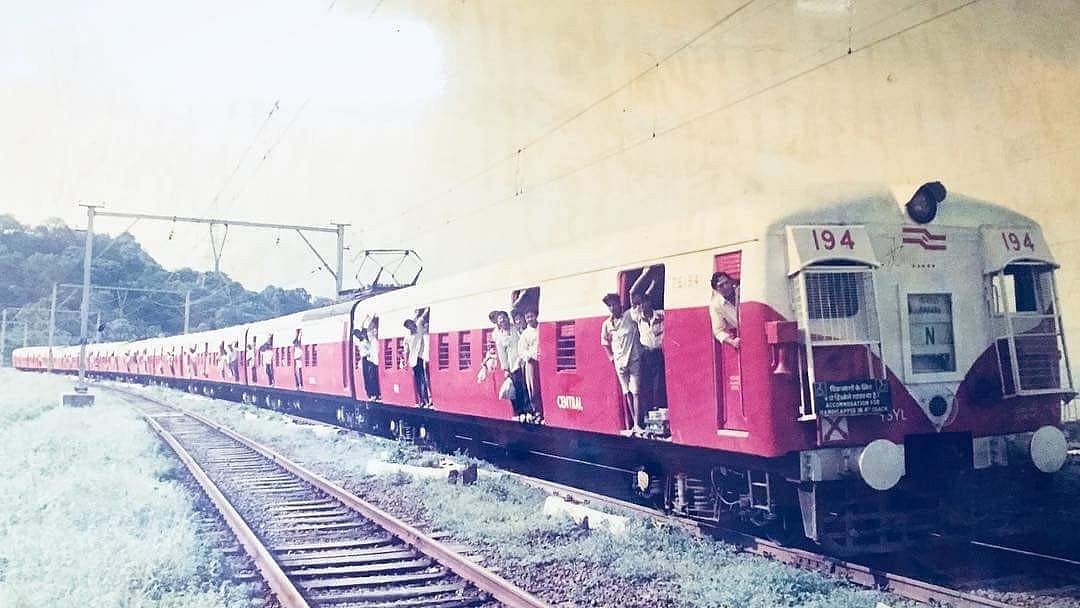Rail enthusiasts often remember September 1825 as the month when the first-ever train operated in the world, while April 16, 1853, is etched in Indian Railway history as the day the first train ran in India. However, February 3, 1925, marked another milestone – the first electric-powered train journey in India, from Chhatrapati Shivaji Maharaj Terminus (CSMT) to Kurla in Mumbai. As 2025 marks the 100th anniversary of electric traction in India, the country is also on the brink of achieving 100% electrification of its broad gauge network. This achievement, just as monumental as the first rail operation in India, signifies a century of progress in railway electrification.
The Road to Electrification:
A Century-Long Journey
The introduction of Railways in India took just 28 years after the world’s first train, but the adoption of electric traction was a slower process. While the world witnessed its first electric passenger train in Germany in 1879, it took India 46 more years to introduce this technology. Werner von Siemens is credited with presenting the world’s first electric train in 1879, but India saw its first electric train only in 1925.


Electric traction quickly demonstrated clear advantages over steam engines, particularly in terms of power, acceleration, and efficiency. Electric locomotives required less maintenance, produced no pollution, and were capable of hauling longer, heavier trains over steep inclines. The initial high costs of electrification were a barrier, but the benefits—particularly for suburban commuter traffic—soon became evident. The technology was particularly suited for routes with heavy traffic and steep gradients, making it ideal for the urban areas of Bombay, now Mumbai.
The Electrification of Mumbai:
The First Step
In the early 20th century, Mumbai’s rapidly growing population needed a solution for its increasing commuter traffic. Steam locomotives struggled to manage the steep inclines of routes towards Pune and Nashik, further emphasizing the need for electrification. In 1904, W.H. White, the Chief Engineer of the Bombay Presidency government, proposed electrifying the two primary rail networks serving the city: the Great Indian Peninsula Railway (GIP) and the Bombay Baroda and Central India Railway (BB&CI), now known as the Central and Western Railways. World War I delayed the project, but by 1920, electrification plans for the Bombay-Pune/Igatpuri/Vasai lines were approved.


The first electric train in India ran on February 3, 1925, using 1500 Volts (V) Direct Current (DC) between CSMT (then Victoria Terminus) and Kurla, a distance of 16 kilometers. This marked the beginning of clean electric transport in India, and India became the 24th country worldwide to operate electric railways and the third in Asia.



The Electrification of Southern India
Alongside Mumbai, the South Indian Railway (SIR) began electrifying its suburban network, with the Madras Beach (now Chennai) to Tambaram line using the same 1500 V DC system. Electrification was completed by 1931, and this section remains one of the few Meter Gauge lines ever electrified in India.By the time India gained independence in 1947, only about 388 kilometers of rail lines were electrified, primarily around Mumbai and Madras.

Electrification Takes Root in Eastern India
While Mumbai led the way, electrification in Eastern India faced delays, partly due to the disruptions of the World Wars and the Great Depression. It wasn’t until the 1950s that electrification in Calcutta (now Kolkata) began to take shape. After a 1954 report from a railway team studying European electrification models, the 3000 V DC system was adopted for the region. The first section of electrified track in Eastern India was inaugurated between Howrah and Sheoraphuli in December 1957.
During the same period, France’s SNCF developed a new 25,000 V AC system, which was initially met with resistance. However, by 1959, India trialed the system on the Rajkharsawan-Dangoaposi section, with remarkable success. By November 1957, Indian Railways decided to adopt the 25 kV AC system as the standard for electrification, making India only the second country after the Soviet Union to do so. With increase in traffic density, now Indian Railways is further advancing to use 2×25 kV AC traction for its routes.

A New Era: Electrification Across India
By 1966, electric traction accounted for more than half of the freight traffic in Eastern and South Eastern Railway zones. Electrification also expanded rapidly in suburban networks, notably in Howrah, Sealdah, and Kharagpur divisions. The advantages of electric trains—reduced diesel dependency, improved efficiency, and a cleaner environment—fueled continued growth.
The electrification of Indian Railways accelerated in the following decades. From just 388 kilometers in 1951, the network expanded rapidly to present day nearly 100%.

A Global Leader in Electrification
India’s railway electrification success is unparalleled, with the country now home to the world’s most electrified rail network. The only remaining non-electrified lines are some heritage and mountain routes. As India celebrates the centenary of electric traction in 2025, Indian Railways is poised to reach new heights in efficiency, sustainability, and connectivity, offering a cleaner and more reliable future for millions of passengers across the country.

Dr. Jaideep Gupta, Additional Member (RE), Railway Board |
